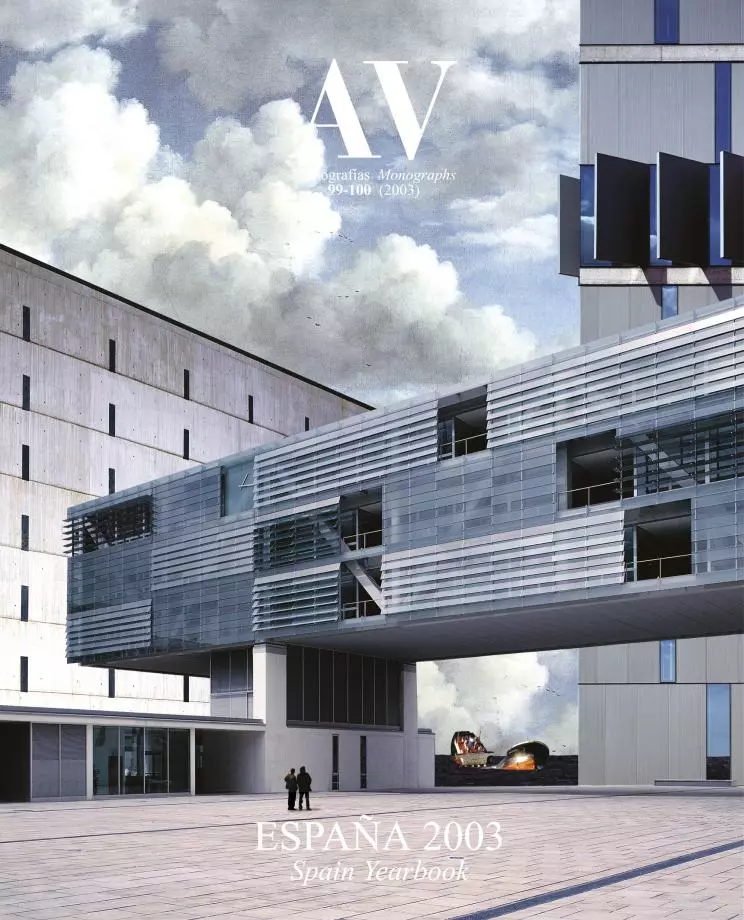Mies in Gaudí Territory
The MoMA exhibition on Mies reached a Barcelona immerse in the celebrations of the Gaudí year: two antithetical oeuvres linked by their spiritual mood.

Caudilatry is in tune with Miesticism. Worship of Gaudí, which on his 150th year is reaching Wagnerian proportions, and devotion to Mies, converted into the familiar divinity of current anorexic minimalism, are parallel phenomena. In theory, no two architects can be as removed from one another as these two masters of the last century. One could say that no point of contact exists between the beinahe nichts (almost nothing) of the Miesian creed, and the torrential almost everything of Gaudi’s excessive oeuvre.The laconic and rectilinear reductionism of the German seems miles apart from the coloristic and curving clutter of the author of Parc Güell, just as the repetitive and normative procedure of a universally copied Mies appears to be diametrically opposed to the inimitable, progeny-less uniqueness of what has been described as the ‘sublime abnormality’ of Gaudí. But between the two architects lies some common ground: a stubborn, obsessive dedication to the mathematical expression of a spiritual dimension; the ultimate quest for transcendental truth through beauty; and the construction of works possessed of extreme visual refinement and unsurpassable tactile sensuality.
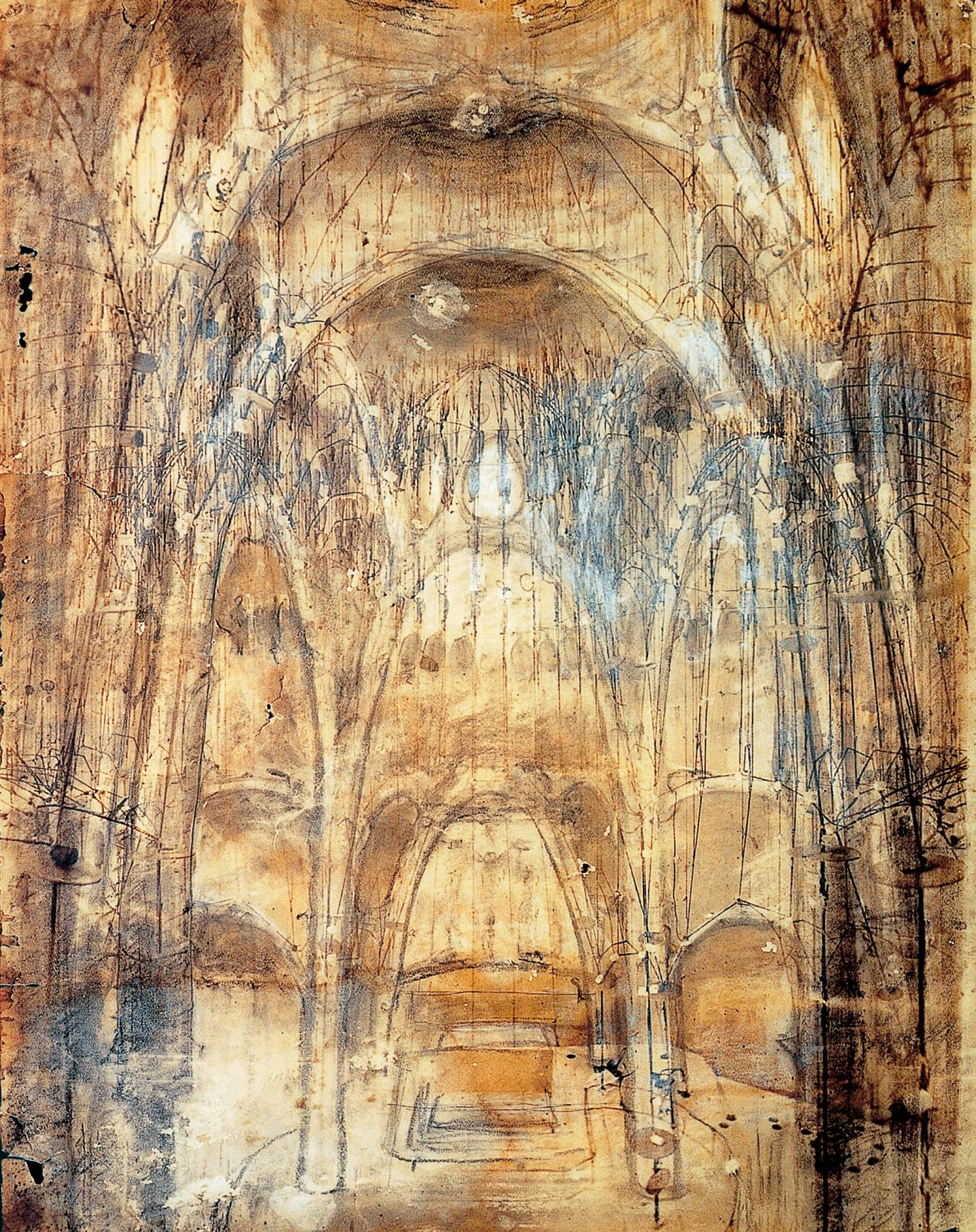
Antoni Gaudí, Colonia Güell Church
Both Mies and Gaudí had artisan origins (stonecutters of Aachen, coppersmiths of Reus) that gave them their peculiar sensitivity to the grave materiality of architecture. Both had theological preoccupations, making Mies, fervent reader of the Catholic Romano Guardini, a convinced Agustinian, and putting Gaudí, pious frequenter of the company of bishops, on the road to canonization. And both had a metaphysical understanding of architecture as an activity that seeks to turn the essence of the world into something visible. The central place that construction takes in the work of both, their shared fascination for the Gothic, and the tenacious search for tran-scendence inherent in the biographies of these two solitary men bring their figures together despite the chronological lag, the disparity of their urban contexts, or the stylistic divergence of their forms: Gaudí’s melted stone masses and Mies’s frozen glazed geometries feed on the same spiritual substance.
Visual refinement and tactile sensuality are shared features of the works of both masters.
If construction is important for Mies, it is so in a rhetorical and expressive way, with little relation to utilitarian pragmatism or structural feat. The same can be said of Gaudí. The steel profiles of the German master give an architectural voice to contemporary technical culture in the same way that the parabolas of the Catalan represent the organic order of a harmonious and sacred nature, but neither the porticoes of one nor the vaults of the other con-stitute innovations or achievements of an engineering character.The curator of GaudíYear is right in stressing the constructive dimension of the architect’s work, and so are the critics when they warn us that structural logic does not make Gaudí a pro-rationalist. In turn, Mies monumentalizes technique through geometric abstraction, and his modular discipline speaks more of a will to build a universal space than a desire to facilitate the repetition that under-lies industrial production
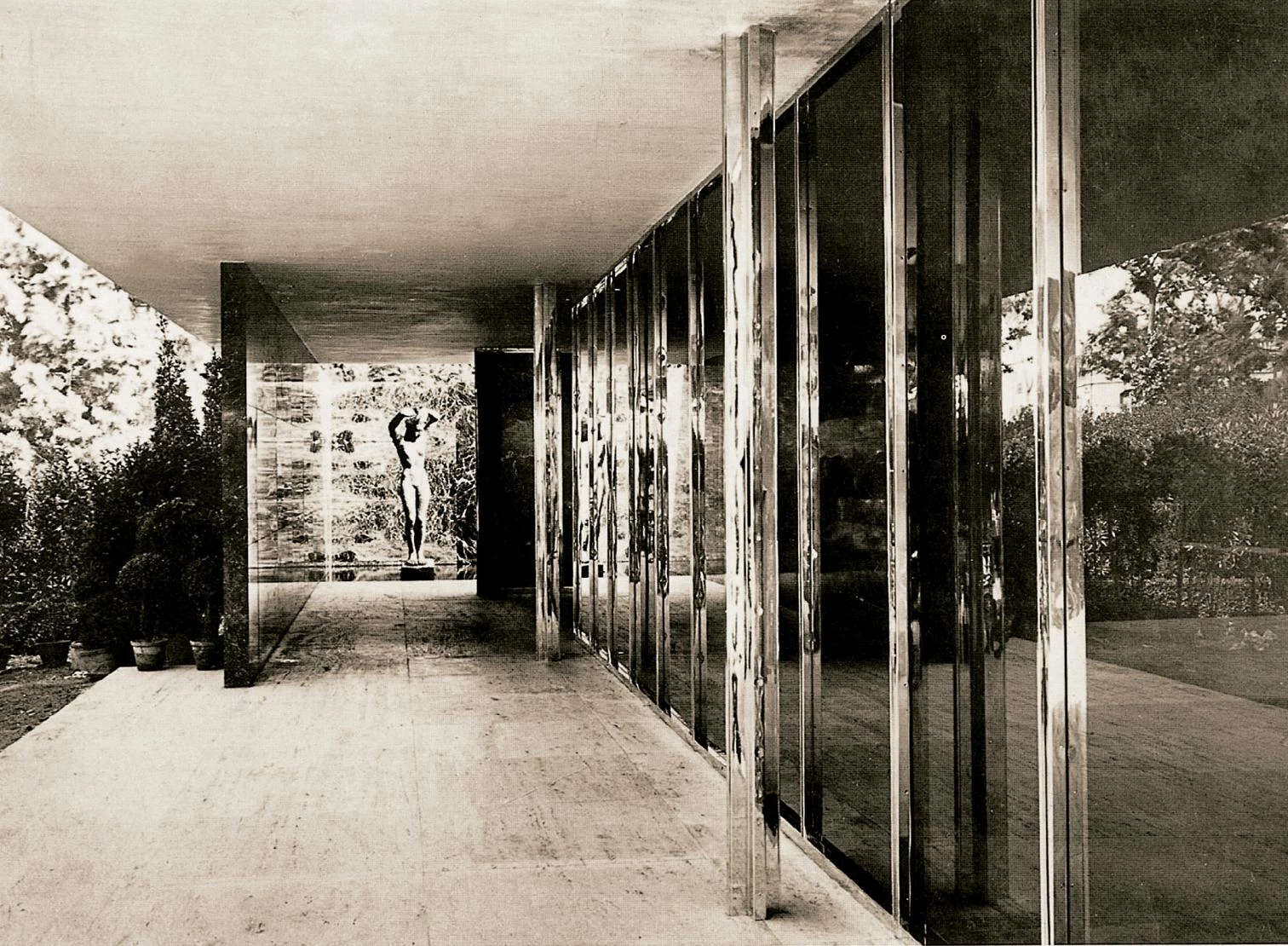
Mies van der Rohe, Barcelona Pavilion
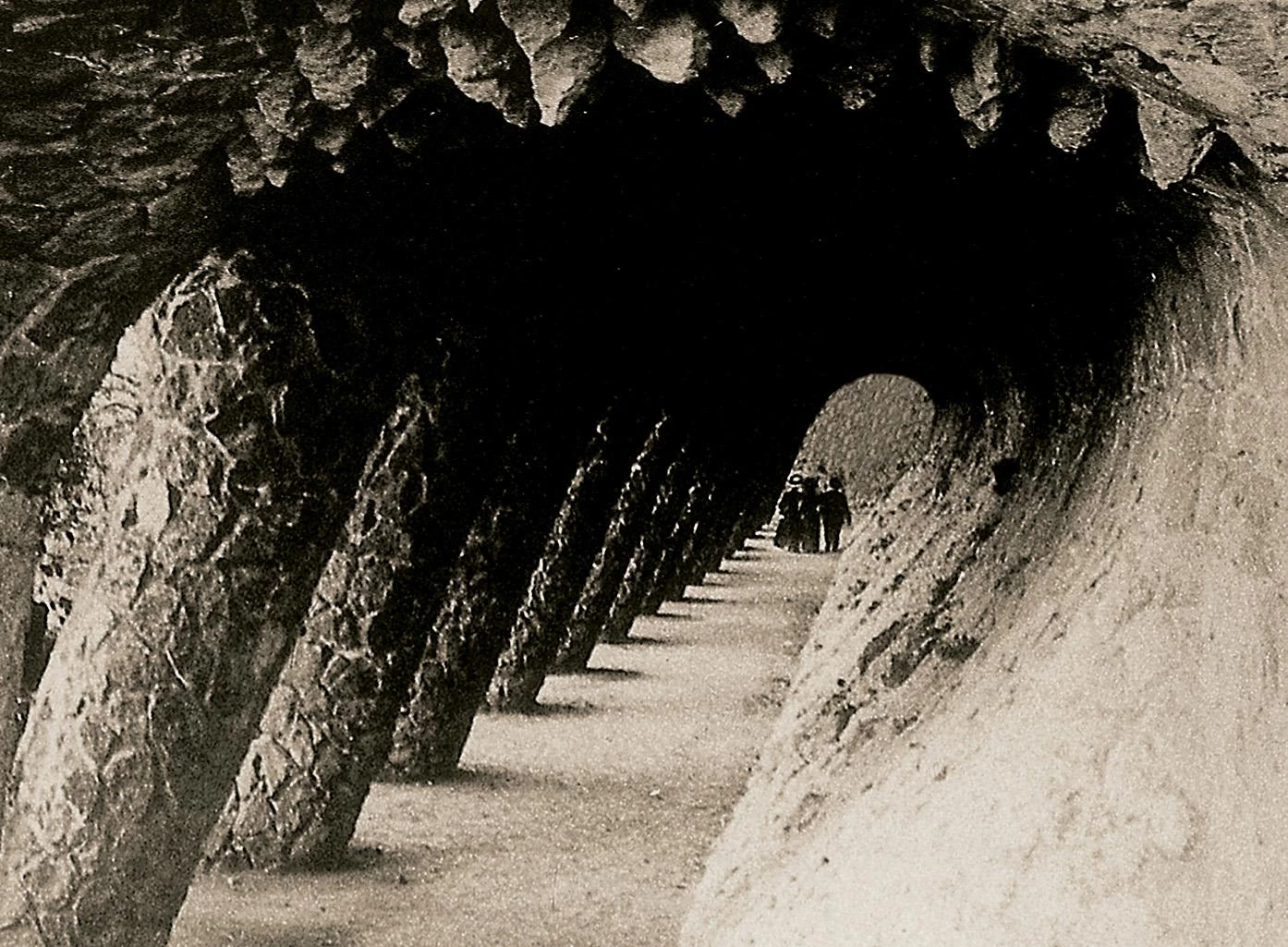
Antoni Gaudí, Güell Park
Although Mies is always considered a classicist architect, in the tradition of the Schinkel he absorbed through his master Behrens, the truth is that discovery of the Gothic sincerity of Berlage disrupted his personal journey, thereon enriched by the unresolvable tension between classical visual order and Gothic material order. In the case of Gaudí, the conflict between aesthetic and physical laws gives a dramatic pulse to the Gothic legacy (nationalist and romantic) that comes to him through Viollet-le-Duc and Ruskin, yielding an oeuvre where the mythic archaism of an original Middle Age fuses with the primitive elementalism of an aboriginal Doric. Their shared sequester by the expressionism of Frülich is explained by the presence, in early Mies and late Gaudí, of that redemptive luminosity that dreams of crowning the city with a promise of regeneration: if the Sagrada Familia is a Christian Stadtkrone, the route that leads from the office building on Berlin’s Friedrichstrasse to the block of Stuttgart’s Weissenhof traces a crystalline lay project of social renewal rising on the weary profile of the usual urb.
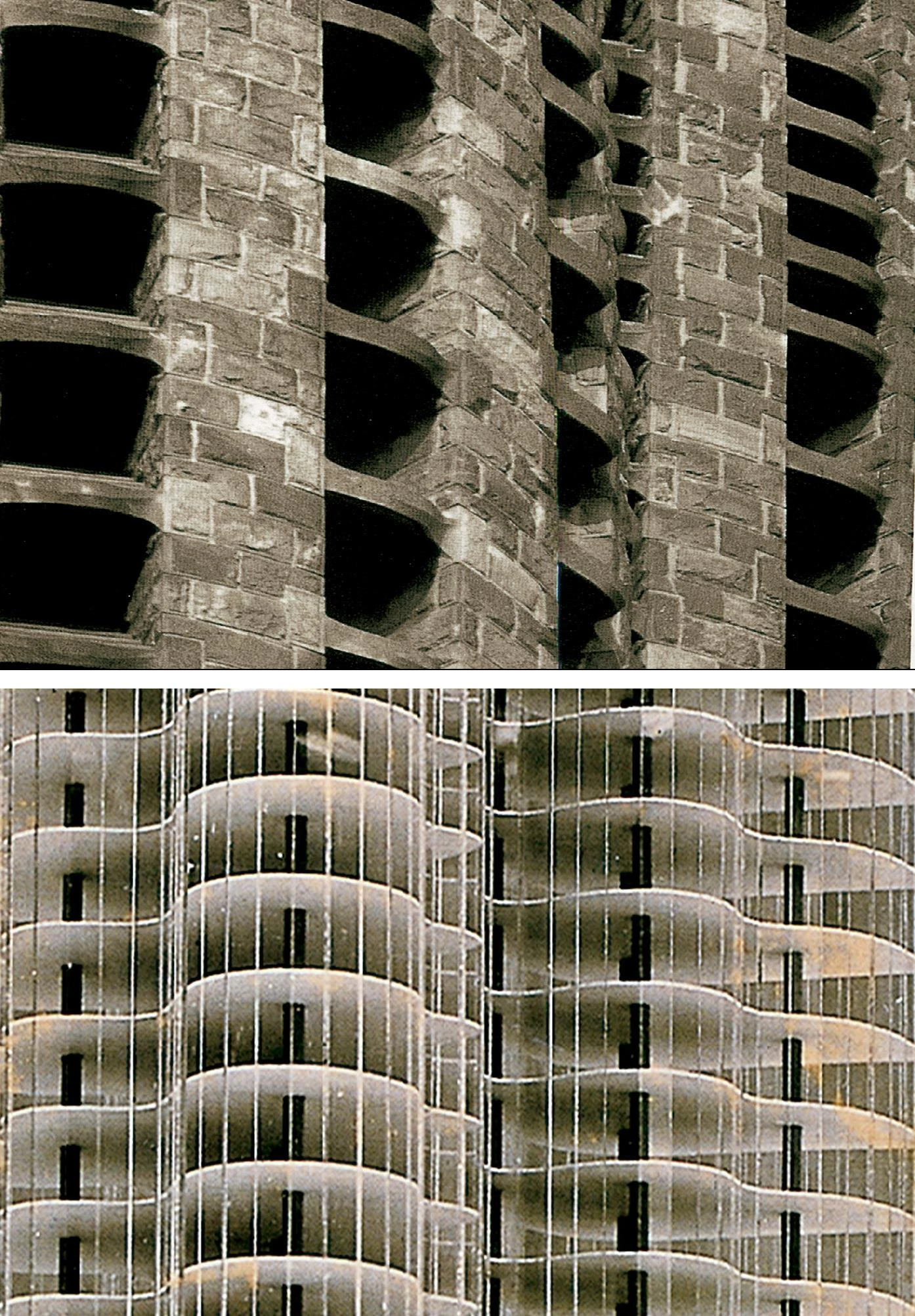
Beyond biographical coincidences, such as their craft training, their theological interests or their fascination with Gothic buildings, the strongest link between the two figures is their common determination to create an architecture able to transcend the boundaries of experience; in the excessive temples of Antoni Gaudí beats the same utopian impulse one can find in the exact skyscrapers designed by Mies van der Rohe.
In the end, it is the determination to build an architecture transcending the limits of experience that brings together these two very dissimilar architects. If Gaudí was an enlightened mystic who exalted the spirit through sensual mortification of sinful flesh in the vanitas of putrid stone that so fascinated the surrealists, and if Mies was a hermetic oracle who searched for architectural truth in the progressive stripping of forms defined with materials of exquisite opulence, each understood that in his work, the impeccable precision of the retina was subordinated to a moral and metaphysical passion. Today we can recuperate the ecological Gaudí who looked for communion with nature in countryside colonies, and discover the landscapist Mies who integrated the artistic avant-garde with the movements of renovation of the house and garden; we can sense Gaudí’s lack of interest in the technical revolution of iron, and Mies’s indifference to mechanical functionalism and the materiality of production; and we can deplore Gaudí’s subordination to the sumptuary bourgeoisie and the conservative Catholic hierarchy, or censure Mies’s opportunism in his ef-forts to ingratiate himself with the Nazi regime. But all these apparently anti-modern features pale before the essential issue: the extreme conviction that makes Gaudí a penitentially frail anchorite whose biography seems sublimated by his streetcar martyrdom, and Mies a taciturn loner whose arthritic, immobile hunk is alleviated by the light late monuments.
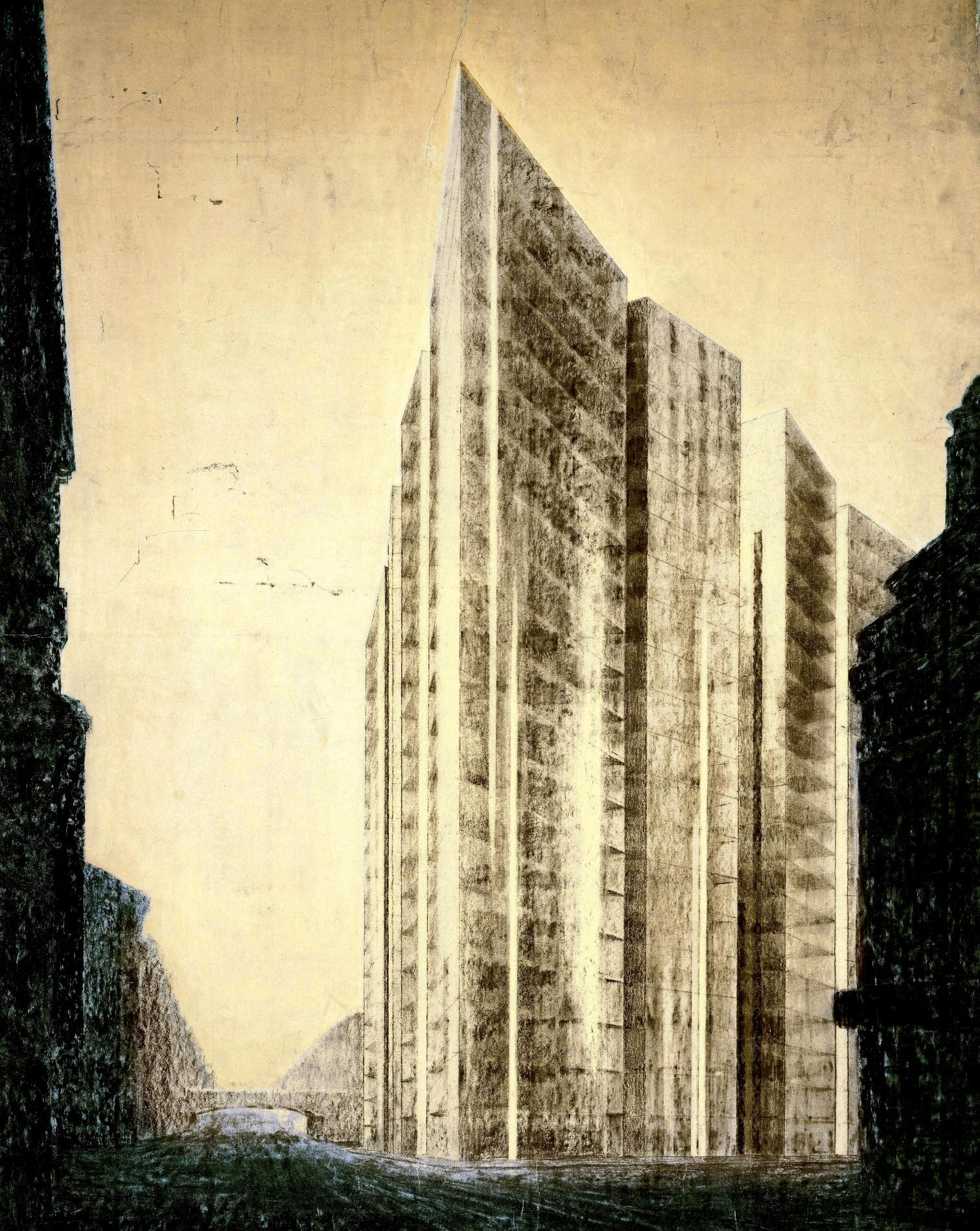
Mies van der Rohe, Friedrichstrasse Skyscraper
Two extremist architects, thus: a burning bush illuminating incandescent landscapes of spiritual lava, and a self-withdrawn Buddha impassively presiding over an immaterial territory of transparent geometries. Two excessive artists whose works we cannot confront distractedly, nor come in close contact without getting hurt. Two giants with simultaneous exhibitions that make Barcelona this year’s summer capital of architecture: an ephemeral event which the crypt of Colonia Güell and the German Pavilion of 1929 will stretch into the frozen time of a religion capable of simultaneously worshipping the blessed Gaudí and the Mies who, like Teresa of Jesus among kitchen pots, found God in details.
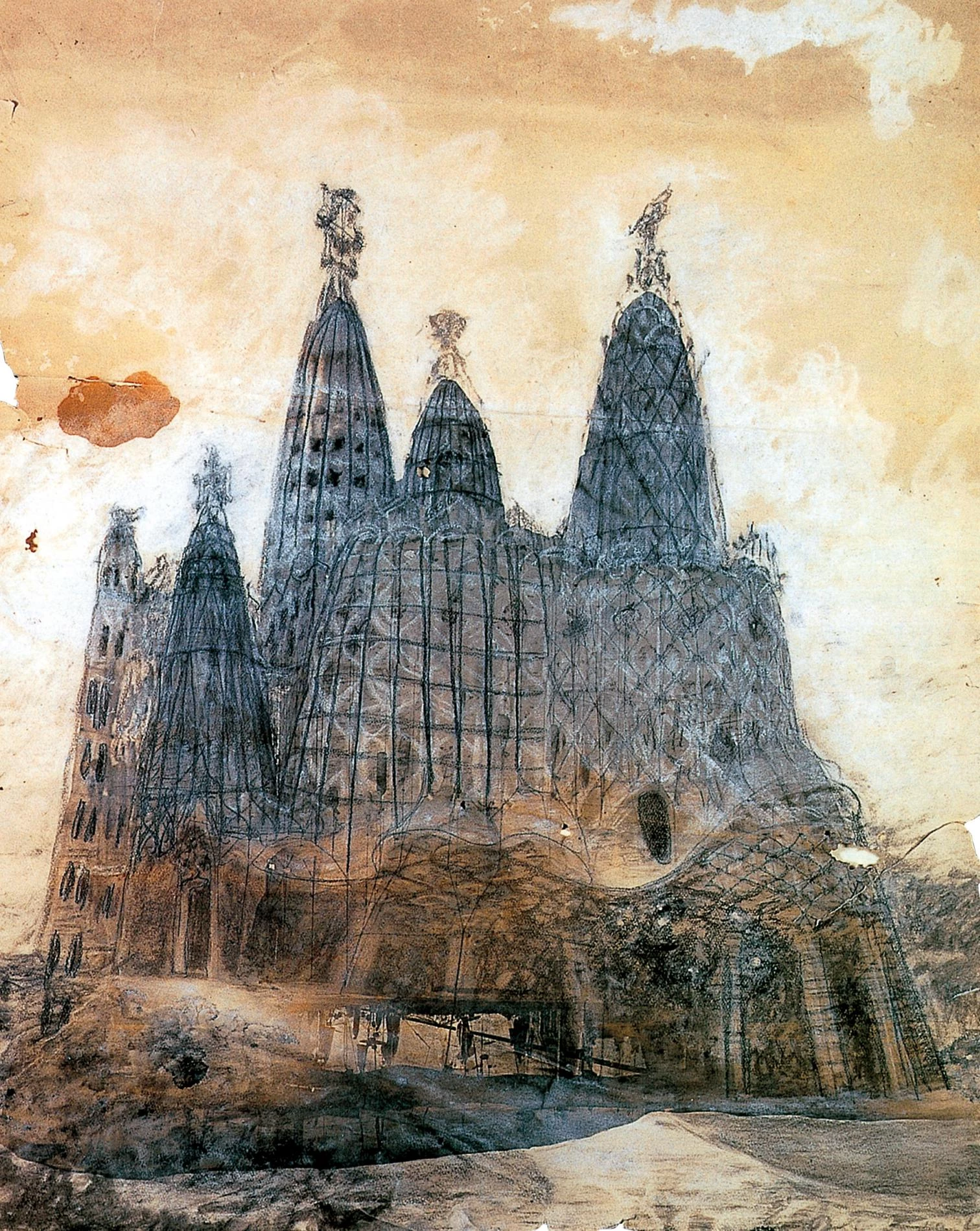
Antoni Gaudí, Colonia Güell Church

